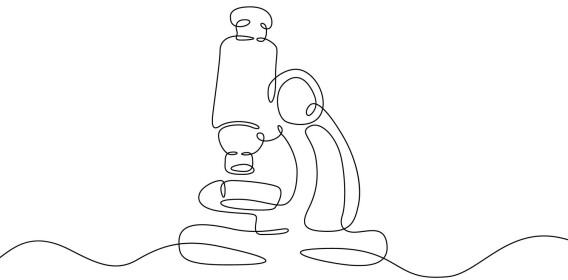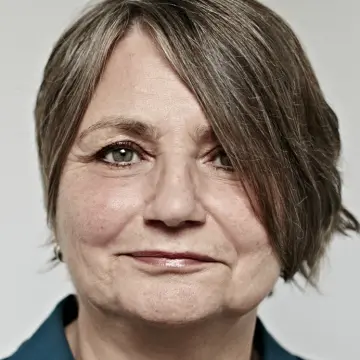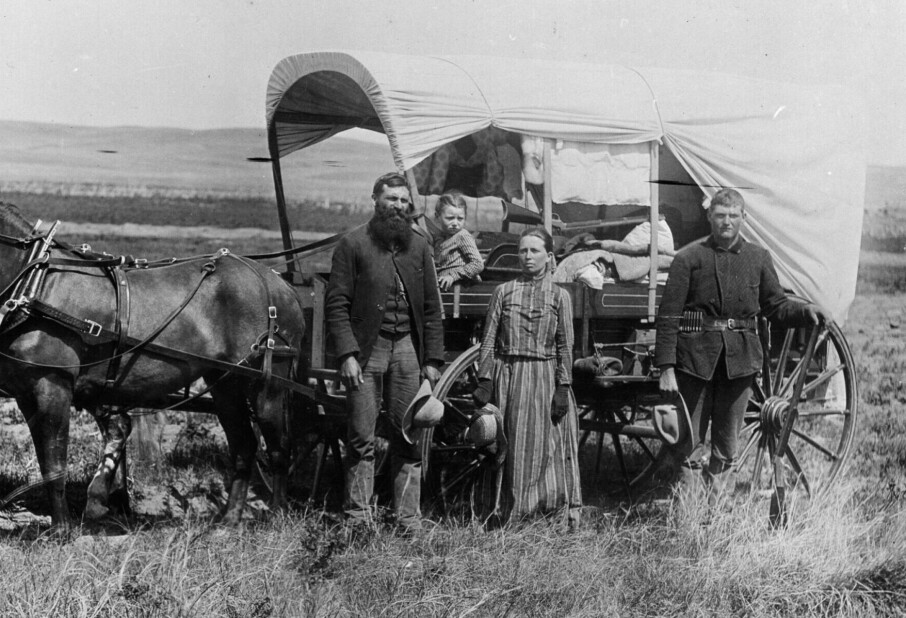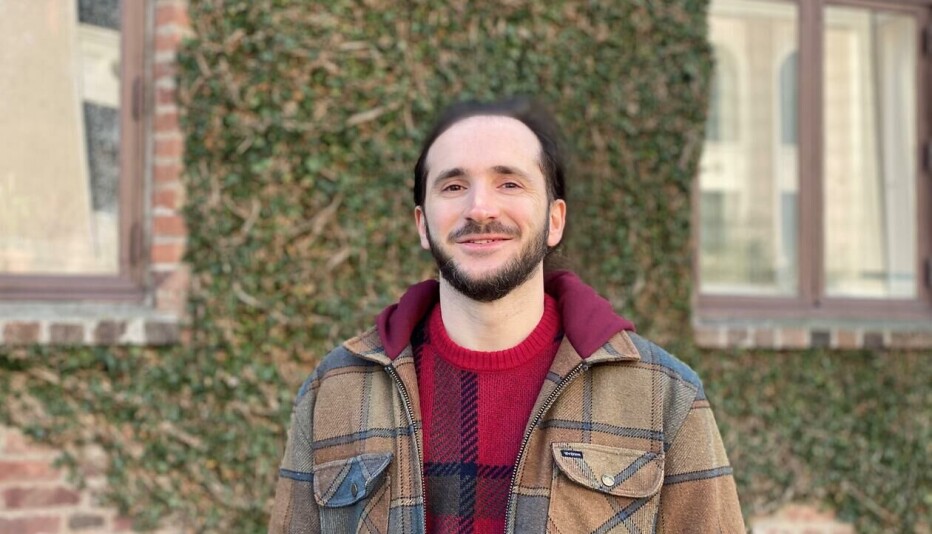Why are Norwegian-Americans so Christian?
The immigrants made a new kind of church – unlike the one in their homeland.

Gunnar Kristiansen works as a pastor in Mindekirken in Minneapolis, Minnesota.
He works in one of two Norwegian churches that still holds services in Norwegian. The other is in Chicago.
Mindekirken has two services on Sundays. One of them is in Norwegian.
“We want everyone to understand everything,” says Kristiansen.
That’s why the hymns, liturgy, and sermon are translated into English.
“Otherwise, I think only five of the 60 people present would understand what I said,” he says.
It hasn’t always been like this.

From a forced state church to free choice
A large number of Norwegians immigrated to the Midwest in the USA, beginning in the mid-19th century.
The first thing they did in their new homeland was to find a Norwegian church. If there was none, they built one.
They came from a country with a state church. Everyone had to be a member.
In their new country, the immigrants could choose for themselves.
“In the USA, state and church were separated. All religious practice was voluntary. In return, the believers had to pay for everything themselves,” says L. DeAne Lagerquist, professor emerita at St. Olaf College in Minnesota.
Most Norwegians continued as before. They called themselves Lutherans, signalling both faith and heritage – a link to the state church in their homeland.
More churches than in Norway
They built churches at a furious pace.
Between 1825 and 1910, Norwegian immigrants established 6,500 Lutheran congregations in the United States. In 1910, there were 2,190 Norwegian churches there. That's many more than there were in Norway at the same time, according to Kari Guttormsen Hempel from the University of Stavanger (link in Norwegian).
Immigration can be a religious experience, says Lagerquist.
“You are dislocated. So how do you deal with that? Religious belief is one way. They have to make their life make sense. They have to create new institutions,” she says.
The Norwegian-American churches became different than in the old country. This was especially true in the countryside, where Norwegian immigrants lived close together, and other people were far away.
“In the cities, it is really hard to not meet people who aren't like you. But in the Midwest, there were many small communities with Norwegian names and a Norwegian immigrant population,” says Lagerquist.

Ate, celebrated, and prayed
The church became the most important gathering place. They were centres for traditions, celebrations, and worship.
“There wasn't anything else. The congregation was where people got your jokes, ate your food, and spoke your language,” says Lagerquist.
It wasn't like that in Norway, where people went to church on Sundays. The rest of the week the church was empty.
In the United States, the church was the place where Norwegians met and kept their culture and language alive.
“Using the mother tongue in church was important for the first generation of immigrants. That's what brought people into the congregation. Also, they felt that Norwegian was the language of the heart,” she says.

Merged and split
This changed as English took over in families. The second generation of immigrants were not so keen on Norwegian.
Most viewed
“The third generation cared even less. It was debated again and again in the churches about what language to use for worship,” says Lagerquist.
They also disagreed about other things, in both theology and society.
Congregations merged and split. In 1917, the Norwegian Lutheran Church in America was formed. They chose not to join forces with the Danish and Swedish Lutherans.
But not all Norwegian immigrants identified with the Norwegian state church.
Not so strict
Haugians in Norway lacked freedom of religion. They criticised the Norwegian clergy for being mostly concerned with their own power and profit. And they believed that the church made people passive and alienated.
Haugians who emigrated to the United States brought with them the belief that ordinary people could also preach. They formed their own congregations.
“There were tensions between the different religious groups. But they existed side by side,” says historian Terje Mikael Hasle Joranger. He is the director of research at the Emigrant Museum in Hamar.

People in rural areas in Minnesota, Wisconsin, Iowa, North and South Dakota were not so strict about who belonged to what congregation.
“They were just happy that someone came to baptise their children and marry people,” Lagerquist says.
But there were more religious groups than the traditional Lutherans and Haugians.
Became Mormons
The very first group of emigrants on the ship Restoration in 1825 left Norway for both freedom of religion and economic opportunities. The leader, Lars Geilane, was a Quaker. In the United States, he found fellow believers and a Quaker network.
In Fox River, Wisconsin, the first Norwegian settlement in the Midwest, Norwegian immigrants met people of other faiths.
“There was a diversity of religious groups. The Norwegians met Baptists, Methodists, and Mormons,” says Joranger.
Fox River was not far from the Mormon headquarters in the Midwest.
“They made contact, and many converted. Gudmund Haugås was one of the immigrants who became a Mormon, and he rose through the ranks to bishop,” says Joranger.
Immigrants from many countries and faiths became neighbours. They helped, worked for, and traded with each other.
But they did not marry each other.

Married Norwegians
At first, Norwegian immigrants lived near each other and married each other, or they married Norwegians who came fresh from the boat.
Then they went on to marry other Scandinavians.
“This eventually expanded to include Lutherans from other Northern European countries. But there was a very strong distinction between Protestants and Catholics,” says Joranger.
People from the same village in Norway immigrated together and settled in the same area. Then more people came from the same village, in a process called chain migration.
This pattern eventually shifted. People met across ethnic groups at universities, work, and churches.
Social lifeline
Norwegian sailors based in New York got their own church in 1878. It was in Brooklyn.
Sjømannskirken – Norwegian Church Abroad was more than a church. It was an important gathering place for Norwegian immigrants in New York. Here they could meet other Norwegians and speak their own Norwegian dialect.
The church was often a saviour in times of need when unemployed sailors needed food and a place to sleep.
New York had an area where Norwegians in need lived in shabby shacks. The people of sjømannskirken faithfully provided soup kitchens, beds, and odd jobs, according to the book about Desert Sur by Thor Gotaas and Roger Kvarsvik.
There is still a sjømannskirke in New York, but it is now located in Manhattan.
The old church in Brooklyn became an ashtray factory. It was abandoned in the 1960s.

Today, artist Chico MacMurtrie uses the building as a studio and gallery. He calls it The Robotic Church.
When he took over 25 years ago, the Red Hook District was very rough.
“When I took over the place, it was an utter disaster. 30 young people had been almost squatting here. So I tore everything out and started to set up my workshop,” says MacMurtrie.
Norwegians and Norwegian-Americans still come to visit the place where so many benefitted from food, company, and help.


God in the mother tongue
The work of building Mindekirken in Minneapolis was started by young Norwegian immigrants who wanted their own church. It was completed in the 1930s.
“They met quite a resistance from the authorities,” says Pastor Gunnar Kristiansen.
This period was characterised by a wave of nationalism in the United States. Everyone was supposed to be American, and it was no longer okay for church services to be held in foreign languages, he explains.

“But the young people said that they could speak English at work, school, and even at home, but when we talk to God, we must use the language of our heart,” he says.
After World War II, most congregations lost their ethnic origins.
Today, being Lutheran means different things, depending on where in the United States you live.
“In California, to say you are a Lutheran distinguishes you from the evangelical Christians, so it means you are not fundamentalist. But in Minnesota, saying that you are Lutheran doesn’t do much, because everyone is Lutheran,” says Lagerquist.
Numbers dropping
Over the past 30-40 years, the Evangelical Lutheran Church in America has lost both members and congregations.
“This is partly due to secularisation. Recent surveys show that 30 per cent of the younger age groups have no religious affiliation,” says Lagerquist.
Another reason for the decline was a choice the church made.
“In 2009, the church authorised same-sex marriage and ordination of people who are in long-term permanent relationships. People left over that,” she says.
Mindekirken continues to offer Norwegian services every Sunday.
“The Norwegian services here have almost become a curiosity. But many people come because of them. They want to hear Norwegian hymns and music. It has become a way for them to connect with their Norwegian cultural heritage,” says Gunnar Kristiansen.
———
Translated by Nancy Bazilchuk
Read the Norwegian version of this article on forskning.no
Related content:

Subscribe to our newsletter
The latest news from Science Norway, sent twice a week and completely free.







































